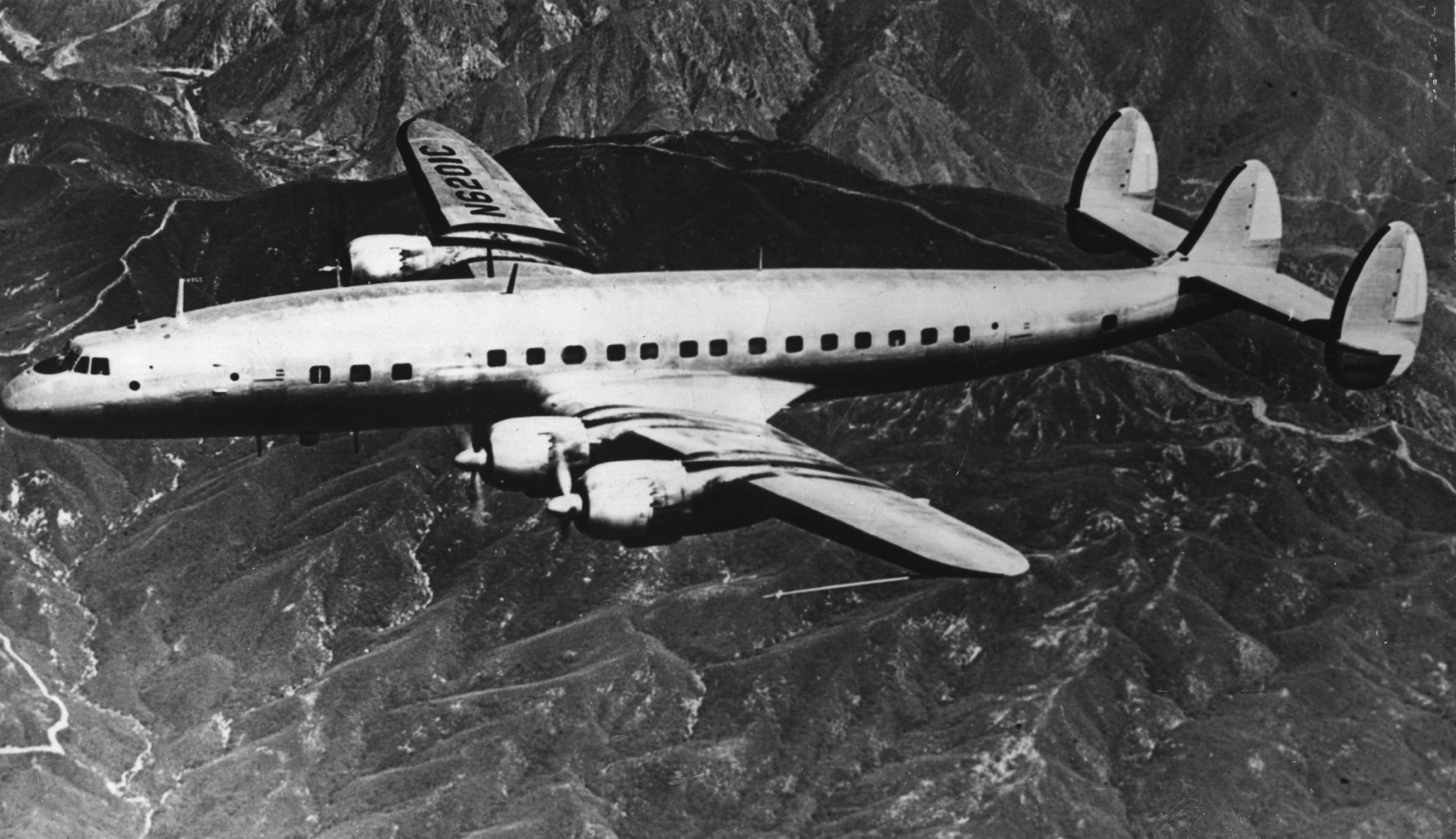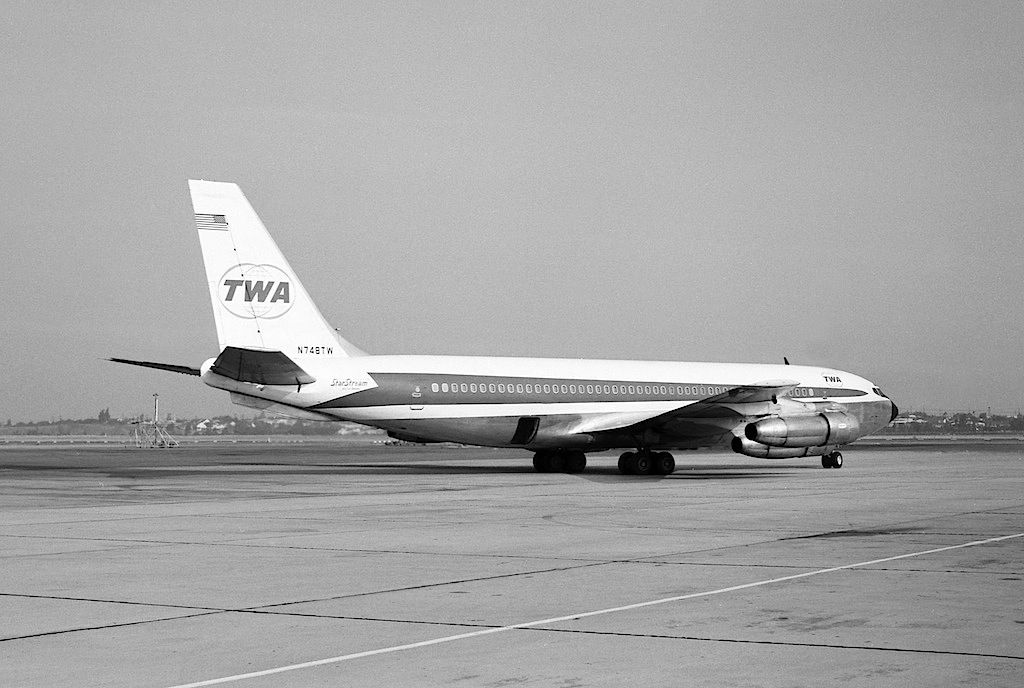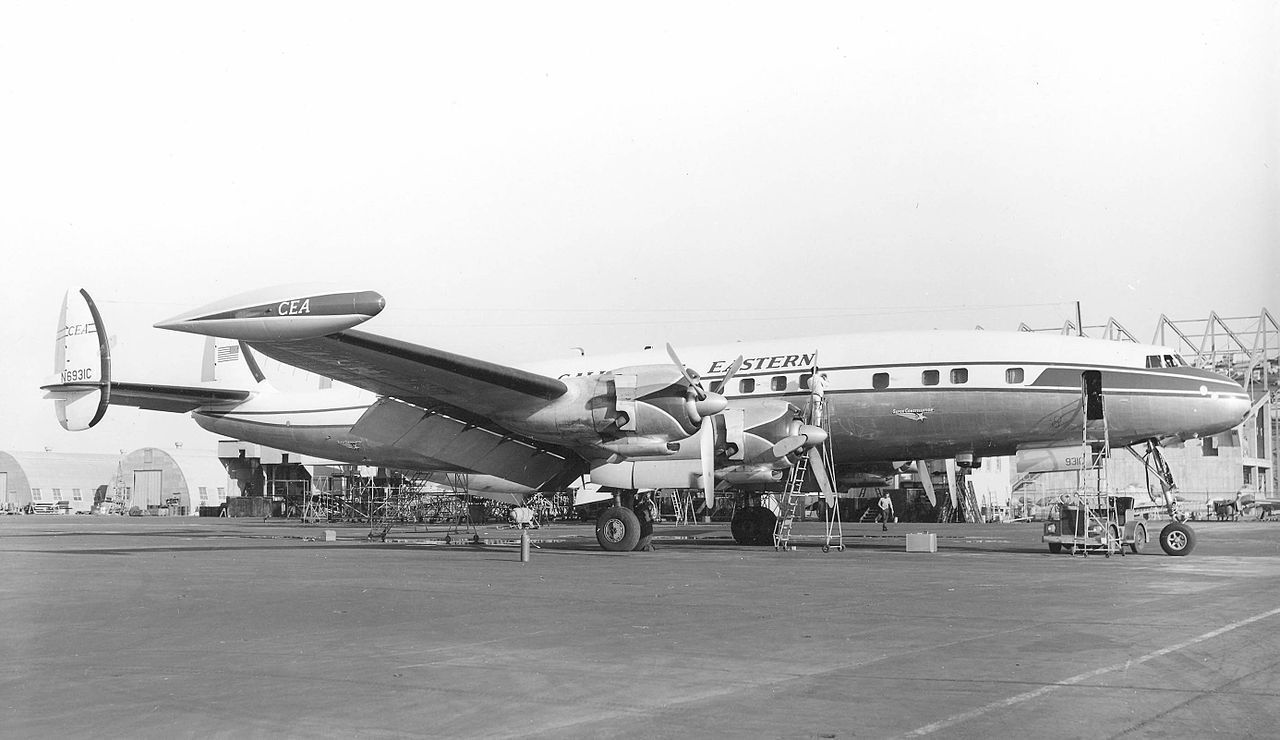Today marks 57 years since a mid-air collision between two US airliners that took place over the town of Carmel in Putnam County, New York. Caused by a combination of pilot error and optical illusion, there were remarkably few fatalities, given how serious such collisions can be. Let's take a look back at what happened.
The flights and aircraft involved
The more heavily loaded of the two aircraft that were involved in the mid-air collision over Carmel on December 4th, 1965 was a Boeing 707 operating for Trans World Airlines (TWA). According to the Aviation Safety Network, it bore the registration N748TW, with ATDB.aero showing that it had been built in April 1962.
The narrowbody quadjet had 51 passengers and seven crew members onboard, and was flying from San Francisco International Airport (SFO) to New York JFK. Meanwhile, the aircraft that it hit was operating a significantly shorter flight, having originated at Boston Logan International Airport (BOS). As for its destination, this was Newark Liberty International Airport (EWR).
The carrier operating this flight was Eastern Air Lines, and it was doing so with a Lockheed L-1049C 'Super Constellation' registered as N6218C. This aircraft, which had 49 passengers and five crew onboard, was just over 12 years old.
Love aviation history? Discover more of our stories here!
The collision
The two aircraft came together at 16:19 local time. The collision arose partially due to an optical illusion as the two aircraft approached radio-based navigational aid known as the Carmel VORTAC. As they did so, the TWA Boeing 707 flew at an altitude of 11,000 feet, while the Eastern Super Constellation was at 10,000 feet.
However, the First Officer of the Super Constellation believed the aircraft to be at the same altitude, and, thus, on a collision course. This was caused by the cloud tops' up-slope effect creating the aforementioned optical illusion that indicated as such. Believing a collision to be imminent, the aircraft's crew began to climb.
However, with the Eastern aircraft being the lower of the pair, this took it into what was a genuine collision course with the TWA Boeing 707. Despite attempted evasive maneuvers by the TWA crew that saw them roll their aircraft to the right and then to the left, the pair collided, with the 707's wing striking the Constellation's tail.
Get the latest aviation news straight to your inbox: Sign up for our newsletters today.
Two different landings
The impact forced the TWA Boeing 707 into a steep dive, prompting its crew to declare an emergency. They were eventually able to recover from this perilous situation, but they still asked for New York JFK's emergency services to be on standby for their emergency landing in case the damage caused difficulties. However, they made an injury-free touchdown at 16:40 local time.
Unfortunately, the Eastern Air Lines Super Constellation didn't get off quite so lightly. Although it did briefly maintain its climb after hitting the 707, the aircraft eventually began to descend at 500 feet per minute. The damage forced the crew to make a crash landing on a ridge, causing the fuselage to break in three. Sadly three passengers plus the Captain died from injuries and smoke inhalation.
Sources: ATDB.aero, Aviation Safety Network, Civil Aeronautics Board



